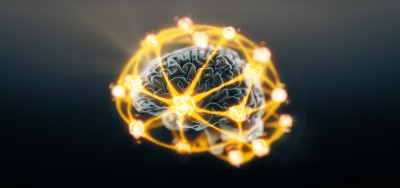Pimp my Spec: Upgrade for Magnetic Resonance Methods with a 1,000-fold Amplifier
University of ViennaResearchers determine the structure and dynamics of proteins using NMR (Nuclear Magnetic Resonance) spectroscopy. Until now, however, much higher concentrations were necessary for in-vitro measurements of the biomolecules in solution than found in our body's cells. An NMR method enhanced by a very powerful amplifier, in combination with molecular dynamics simulation, now enables their detection and accurate characterization at physiological concentrations. This is reported by Dennis Kurzbach chemist at the University of Vienna and his colleagues in the journal "Science Advances". The team demonstrated their new method with the example of a protein that influences cell proliferation and thus also potential tumour growth.










